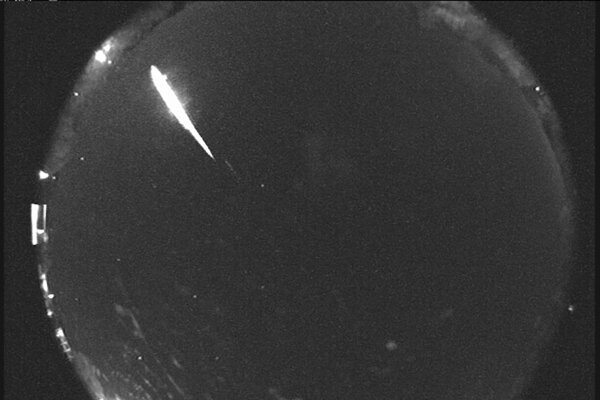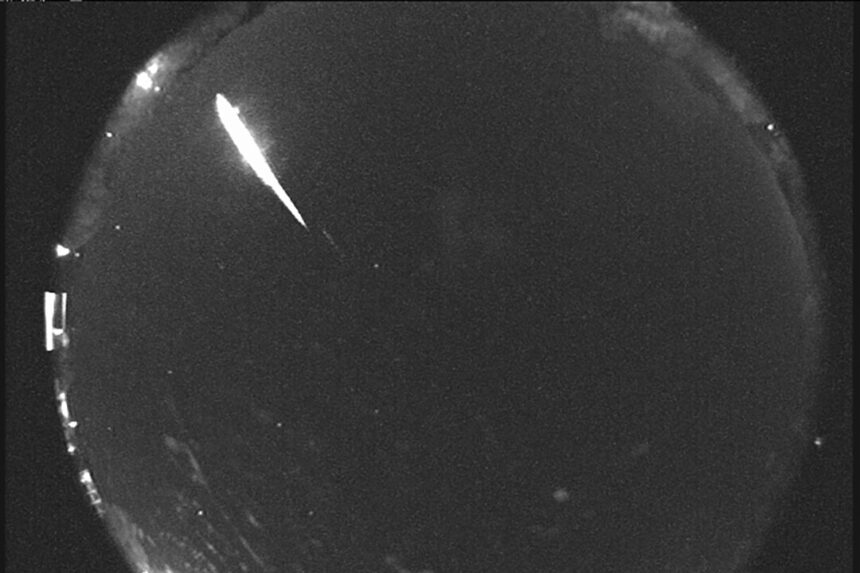
WASHINGTON—Two sister meteor showers are currently lighting up the night sky—and will reach their peak a week apart.
The Southern Taurids will be at their highest point early Tuesday morning, followed by the Northern Taurids on Nov. 12.
Although these two showers typically only produce around five visible meteors per hour in optimal viewing conditions, they are known for producing very bright fireballs, according to Sally Brummel, planetarium manager at the University of Minnesota’s Bell Museum.
“What makes them stand out is that they tend to create brighter and longer-lasting meteors compared to other showers, even if the quantity is lower,” she explained.
The Southern Taurids are expected to peak on a night with a slim crescent moon that is only 11 percent full. The Northern Taurids, on the other hand, may be more difficult to see due to the 79 percent full moon.
Both meteor showers will continue into December. Here’s what you need to know about the Taurids and other meteor showers.
What Is a Meteor Shower?
Multiple meteor showers occur each year and can be observed without any special equipment.
Most meteor showers are caused by debris from comets. Both the Southern and Northern Taurids originate from the debris of comet Encke.
When space rocks enter Earth’s atmosphere, the air resistance causes them to heat up, creating a glowing effect. This glowing trail is what we see as a “shooting star.”
The illuminated trails created by fast-moving space rocks, ranging in size from tiny dust particles to large boulders, can be visible in the night sky.
The similarity in names between the two showers is due to the fact that they appear to radiate from different points within the Taurus constellation.
How to Watch a Meteor Shower
Meteor showers are most visible during the late night and early morning hours.
For the best viewing experience, try to observe shooting stars away from city lights, under dark skies. Meteor showers are most vibrant on clear, moonless nights.
Your eyes will be more sensitive to spotting meteors if you avoid looking at your phone.
When Is the Next Meteor Shower?
Following the Taurids, the next major meteor shower, the Leonids, will peak in the early morning hours of Nov. 17.
By Christina Larson





